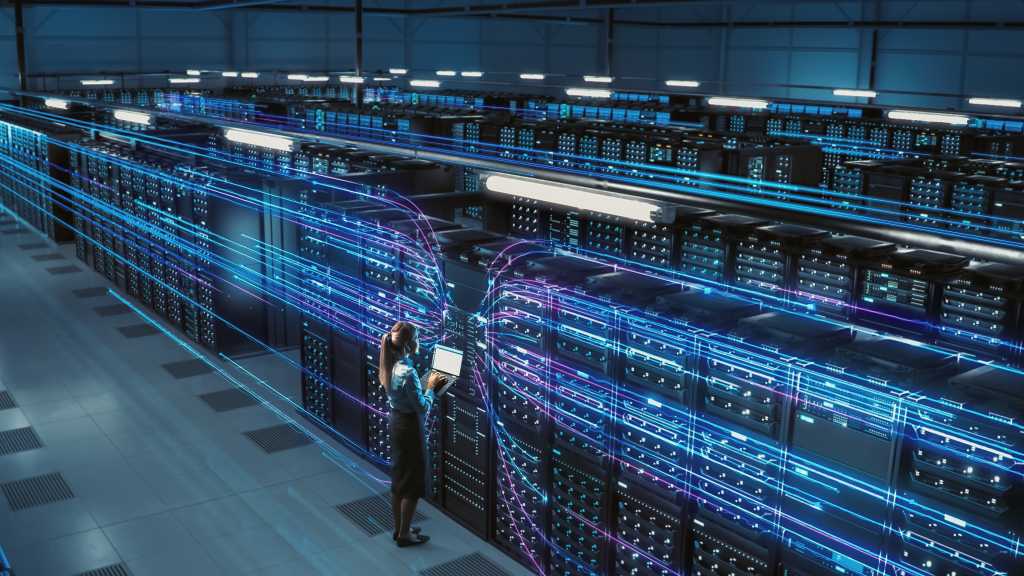
The European Investment Bank (EIB) has committed EUR 1.6 billion ($1.84 billion) in loans for a subsea project that would increase the power exchange capacity between Spain and France from 2,800 megawatts (MW) to 5,000 MW.
Stretching 400 kilometers (248.55 miles), of which 300 kilometers are underwater, the Bay of Biscay project by France’s RTE and Spain’s Red Electrica would be the first submarine electricity interconnection between the two countries. Construction is underway, being implemented by Red Electrica-RTE joint venture Inelfe. The companies expect the link to become operational 2028.
They recently signed EUR 1.2 billion for the first tranches of the EIB loans.
The project had already won a European Union Grant of nearly EUR 600 million from the Connecting Europe Facility (CEF).
Earlier this month a separate project to build an electricity exchange link between Landes in France and Navarra in Spain sealed EUR 11.1 million in CEF funding. RTE and Red Electrica will spend the grant on technical and financial studies.
The Bay of Biscay project will aid “the Iberian peninsula’s progress towards the EU interconnection target for Member States of at least 15 percent of installed production capacity by 2030”, the EU bank said in an online statement.
“EIB support for the France-Spain electricity interconnection will be key to ensuring that the Iberian Peninsula is no longer an energy island”, EIB president Nadia Calviño said. “This agreement will lead to a major shift in energy integration, an important area for EU competitiveness and strategic autonomy”.
“Along with EU institutions – such as EIB – and other European TSOs [transmission system operators], RTE is committed to ensure that the French power grid is fit to play its role of a European electricity crossroad, including through major reinforcement projects to avoid internal constraints, as laid out in our recent grid development strategy”, said Thomas Veyrenc, RTE director-general for finance, strategy and economics.
“The signing of this agreement marks a major step towards building the Energy Union and strengthening the resilience of the European electricity system as a whole. I am confident that it will not be the last”, said Miguel Gonzalez Suela, Spanish deputy secretary of state for Ecological Transition and the Demographic Challenge.
The Bay of Biscay interconnection will link two alternating current systems via a submarine direct current line. Stations in Cubnezais in France and Gatika in Spain will convert the direct current into alternating current for connection to the transmission grids of both countries.
The project is expected to avoid 600,000 metric tons a year of carbon dioxide.
To contact the author, email [email protected]
What do you think? We’d love to hear from you, join the conversation on the
Rigzone Energy Network.
The Rigzone Energy Network is a new social experience created for you and all energy professionals to Speak Up about our industry, share knowledge, connect with peers and industry insiders and engage in a professional community that will empower your career in energy.
MORE FROM THIS AUTHOR




















